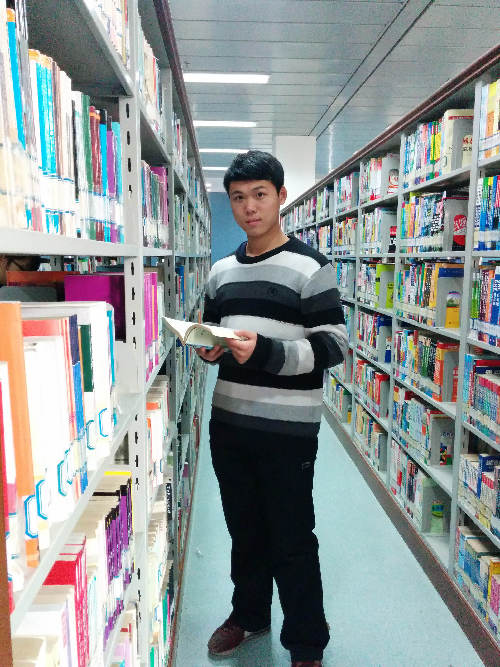MOOC Spurs Higher Education Reform
By staff reporter LIU YI
CHEN Hangjie, a sophomore student of Chinese at Zhejiang University of Technology, logged on last April to Coursera, the world’s biggest MOOC website – a chance encounter that transformed his college life. After poring over the impressive array of courses at world famous universities that the website offered, Chen enrolled in the Modern and Post-modern course at Wesleyan University, the History of Art course at Peking University and the ChinaX course at Harvard. He later obtained a certificate endorsed by the supervisor of the Understanding Media by Understanding Google course at Northwest University. Chen’s university is not in China’s top tier, but thanks to the Internet he has been able to study courses at the world’s most prestigious universities under the supervision of the most respected academics.

Chinese Colleges Ride the MOOC Tide
MOOC, namely massive, open, online courses, have come to the fore over the past couple of years. In the autumn of 2011, about 160,000 people from 190 countries enrolled in the free online Artificial Intelligence course at Stanford. Among them, those from Lithuania surpassed Stanford’s total enrollment, and 248 who were not from Stanford achieved straight-A scores. The course engendered Udacity, the world’s first MOOC website. Later, two Stanford professors created Coursera. As of September 2013, Coursera had cooperated with 80 or more universities throughout the world in offering around 350 online courses. Having chalked up five million or more enrollments, Coursera is the largest MOOC website. In May 2013, MIT and Harvard jointly launched the non-profit edX which, along with Udacity and Coursera, constitutes the MOOC “troika.”
Services
Economy
- Are You Ready to Perform?
- Beijing’s Green Courtyard
- China’s CSR on the Global Market Fast Track – An Interview with Xu Zongxiang, vice president of China South Locomotive & Rolling Stock Corporation Limited (CSR)
- China’s Changing Development Pattern
- China Accelerates Transformation of Its Economic Development Model
